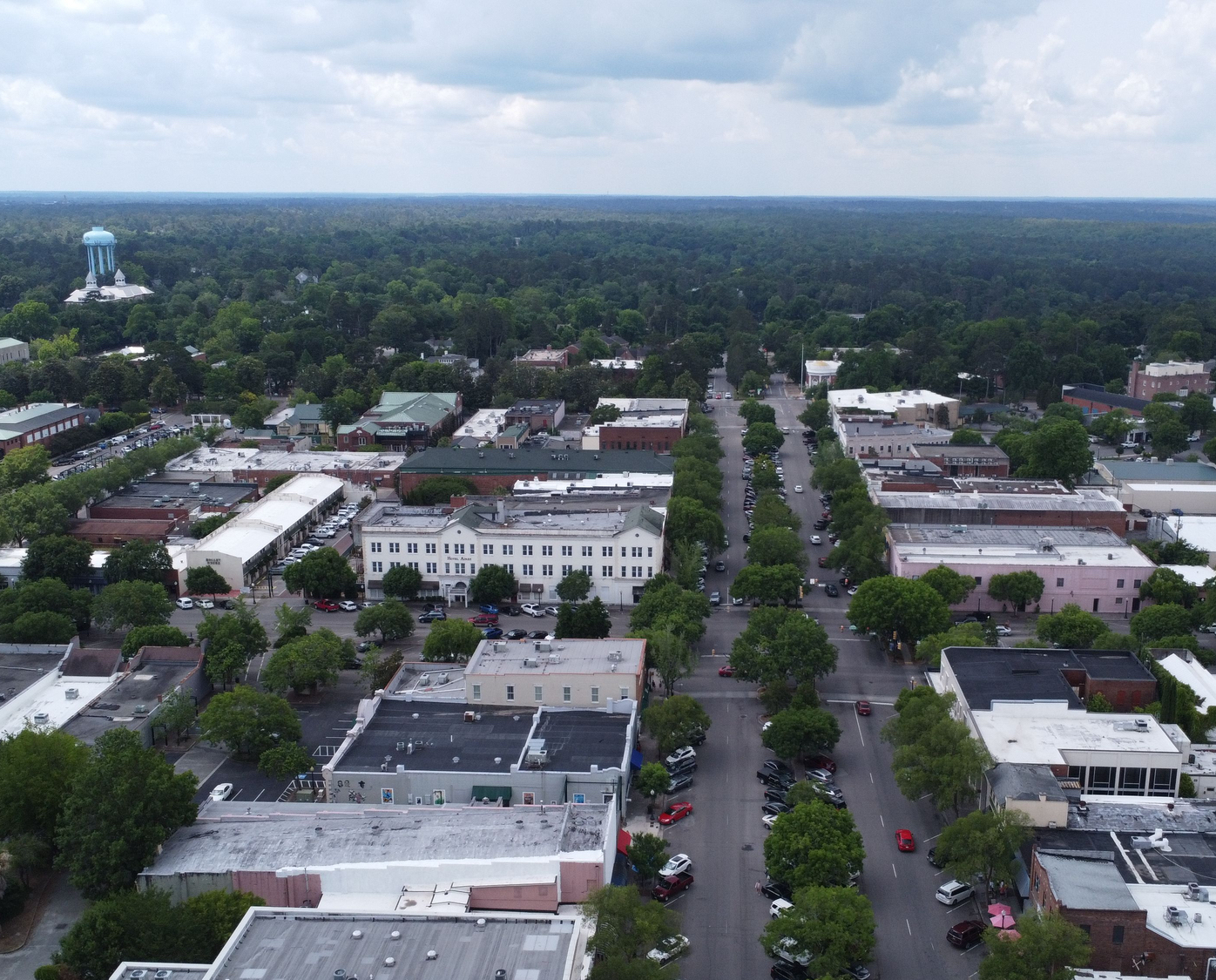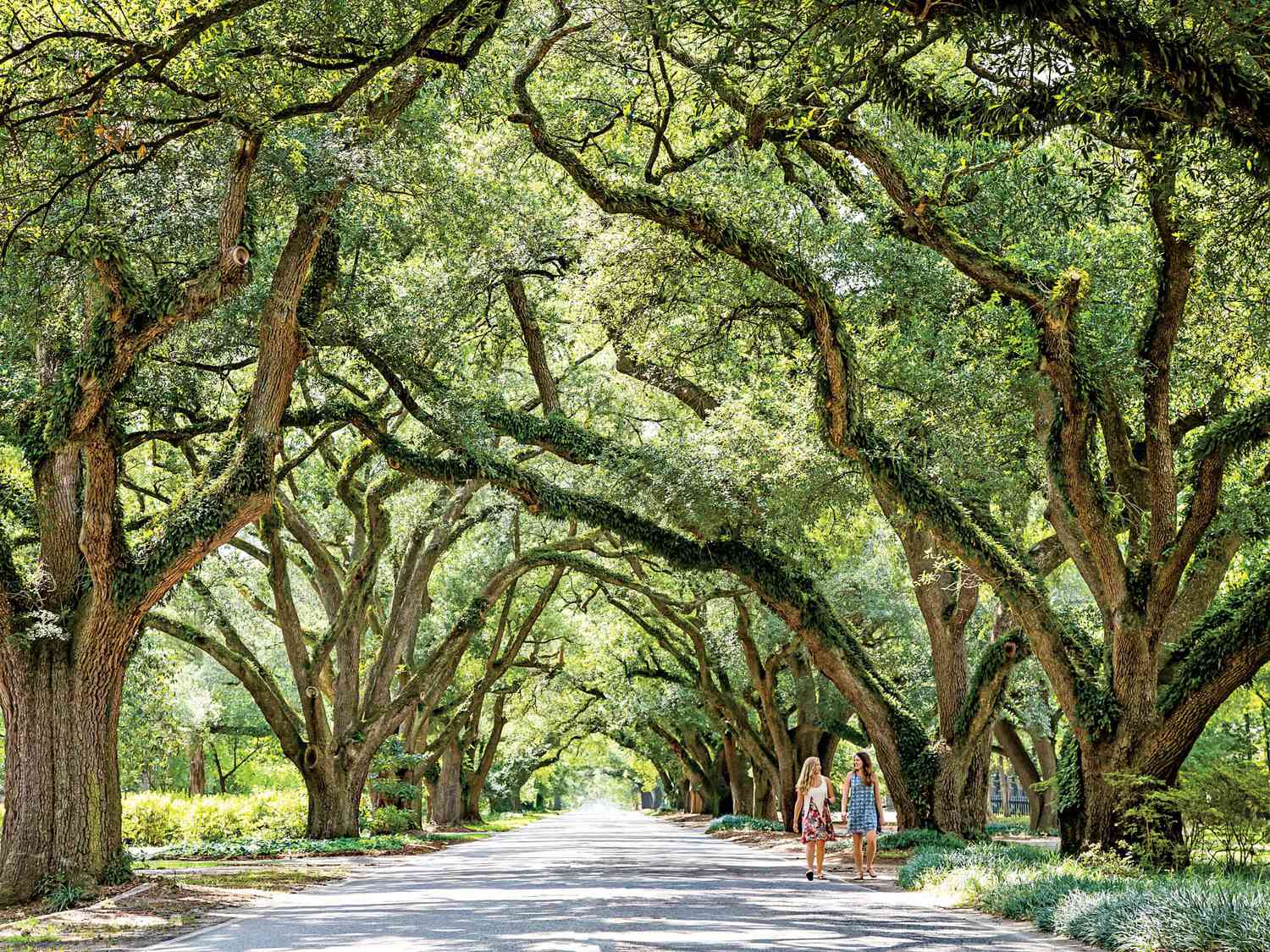Experience Aiken Symphony


About Aiken, SC
Aiken became known as a winter colony in the late 19th century when wealthy Northerners, seeking respite from harsh winter climates, discovered the town’s mild weather, beautiful landscapes, and therapeutic mineral springs. They were captivated by Aiken’s charm and saw it as an ideal destination for relaxation and rejuvenation during the colder months. These affluent individuals, known as “snowbirds,” flocked to Aiken and transformed it into a flourishing winter colony. They built elegant homes, many of which still can be seen, established social clubs, and developed a vibrant cultural and equestrian scene. Aiken soon became synonymous with gracious living, attracting prominent figures such as artists, writers, and sports enthusiasts.
Aiken, is often ranked as a top retirement destination in the country, and the University of South Carolina Aiken has been named one of the top universities in the South.
Take a leisurely stroll through the quaint downtown streets lined with oak trees, where boutique shops, art galleries, and restaurants beckon you to explore. Immerse yourself in the city’s rich history at the Aiken County Historical Museum, housed in the beautifully restored Banksia mansion, or visit the stunning Hopelands Gardens, a tranquil oasis bursting with colorful blooms, beautiful koi and sunbathing turtles.
For horse lovers, Aiken is a dream destination. Experience the thrill of watching thoroughbred racehorses at the famed Aiken Training Track or indulge in a carriage tour through Hitchcock Woods, one of the largest urban forests in the nation.
For more information about Aiken, click on the links below:
New to the Symphony?
If you’ve never attended an Aiken Symphony performance, or even the symphony at all, we want you to feel as prepared and welcome at our concerts as our longtime patrons. Below is a list of frequently asked questions. If you have a question that isn’t covered, please email us info@aikensymphonyorchestra.com or contact our office at 803.295.0313.
What should I wear?
Symphonic music is a marvel that fills each listener’s soul. You are not required to dress formally to experience it in person! Although denim is rarely seen, it is important for our patrons to dress in a manner that makes them comfortable. You’ll see formal business attire (suit/tie for men, dresses for women) or more casual attire (khaki pants/golf shirt for men, slacks/casual dress for women).
Can I bring the kids?
We welcome children ages 5+ at our concerts. Tickets are required for children, regardless of age. Anyone who is a student under the age of 25 can take advantage of our $10 ticket price, but these are only available for purchase at the box office an hour before concert time and are subject to seat availability (student ID must be presented). Learn more about our Education Outreach programs.
What if I arrive late to the concert hall?
Ushers are instructed to seat latecomers at the end of a movement, and they will indicate when you may enter the hall to take your seat.
Are cameras and other recording devices allowed?
Cameras, audio recorders and video recorders are NOT permitted at concerts, as they may interfere with the musicians’ performance. Also, be sure to turn off or silence all cell phones, pagers, watch alarms, and other electronic devices before entering the hall.
About the Symphony
What exactly is a symphony? What instruments are involved?
A symphony orchestra is a collection of up to 100 musicians who play instruments of four basic types:
Strings
WHERE THEY SIT: In a semicircle directly in front of the conductor; they comprise more than half the orchestra.
Violins (the smallest/highest in pitch of the orchestral string instruments), Violas, Cellos, and Double basses (the largest/lowest in pitch)
Woodwinds
WHERE THEY SIT: A few rows back from the conductor in the center of the orchestra.
Flutes, Oboes, Clarinets, Bassoons, and other related instruments
Brass
WHERE THEY SIT: Since they’re the loudest, you’ll see them positioned at the back of the orchestra.
Trumpets, Horns, Trombones, Tubas, and other similar instruments
Percussion
WHERE THEY SIT: Also found at the back of the orchestra near the brass section.
Some works use a variety of percussion; others may have a single musician playing the kettledrums, or no percussion at all.
Drums, Bells, and other auxiliary instruments
Why does the oboe start the warm-up?
The penetrating tone of the oboe is easy for all players to hear, and its ability to sustain pitch is very secure. The oboe plays the note “A,” and all the players make sure their “A” is exactly on the same pitch as the oboe’s. This ensures that they all are in agreement about the tuning before the concert starts.
Do I need to know anything about the music before I come?
No, but we encourage any interested patrons to arrive in time for “Illuminations,” which is held an hour before each MasterWorks concert begins. This program is hosted by our maestro and offers insights into the evening’s musical selections, the composer, the soloist, and other interesting information.
If that isn’t an option for you, the complete printed program, including information about the music and soloist, will be emailed to ticketholders a few days prior to the concert. Take a moment to look through to learn more about the concert’s featured works! You may also want to consider arriving about 30 minutes before the start of a concert and join members of our board in the lobby where you can learn more about us and the Friends of the Aiken Symphony.
